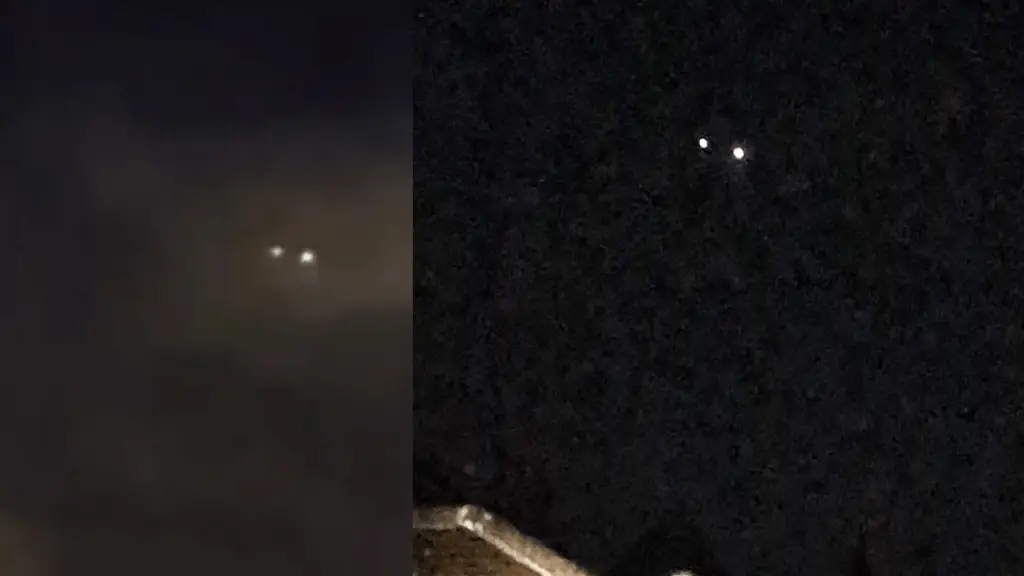
On the night of March 1st, 2023, a fascinating celestial event took place, leaving skywatchers mesmerized. Jupiter and Venus appeared to “kiss” in the night sky, as the two planets passed each other in what astronomers call a conjunction.
A conjunction happens when celestial bodies orbit around the sun in a similar plane as one another and trace similar paths across our sky. Jupiter appeared to shift westward, while Venus seemed to move slowly in the opposite direction. The two planets were just half a degree apart, about the diameter of a full moon, at their closest point.
The event occurred in the western sky just above the horizon around 6:58 pm ET, as evening twilight ended on the East Coast of the United States. While conjunctions have no particular astronomical significance, they are still a striking spectacle to view.
However, this event also caused a flurry of UFO sighting reports, with many people reporting unidentified flying objects in the sky – the Jupiter-Venus conjunction was to blame for a lot of confusion and excitement.
Despite the confusion and excitement generated by the event, there is much to enjoy in the night sky. Other exciting celestial events will also be on the horizon this year, including two solar eclipses and two lunar eclipses, as well as a series of meteor showers.
The first of these solar eclipses is set to occur on April 20, visible to those in Australia, New Zealand, Southeast Asia, and Antarctica. This kind of event happens when the moon moves between the sun and Earth, blocking out the sun. Those in Indonesia, parts of Australia, and Papua New Guinea could expect to witness a hybrid solar eclipse, where the curvature of the earth’s surface causes the eclipse to shift between total and annular as the moon’s shadow moves across the globe.
A Western Hemisphere-sweeping annular solar eclipse is also set to occur on October 14 and will be visible across the Americas. As with all solar eclipses, it is essential to wear proper eclipse glasses to safely view the event, as the sun’s light can be damaging to the eye.
A penumbral lunar eclipse will occur on May 5th for those in Africa, Asia, and Australia. This less dramatic version of a lunar eclipse happens when the moon moves through the penumbra, or the faint, outer part of Earth’s shadow.
A partial lunar eclipse of the hunter’s moon on October 28th was set to be visible to those in Europe, Asia, Australia, Africa, parts of North America, and much of South America. Partial eclipses occur when the sun, Earth, and moon don’t completely align, so only part of the moon passes into shadow.
Additionally, there were several meteor showers to look forward to, including the Lyrids, Eta Aquariids, Southern delta Aquariids, Alpha Capricornids, Perseids, Orionids, Southern Taurids, Northern Taurids, Leonids, Geminids, and Ursids. Skywatchers were encouraged to mark their calendars with the peak dates of these meteor showers to ensure they didn’t miss out on the stunning displays.
Despite the frenzy of UFO sightings generated by the Jupiter-Venus conjunction, it remains essential to approach all sightings with a critical eye. However, there is no denying that there is always something to marvel at in the vast expanse above us, whether it be a rare conjunction between planets or a meteor shower lighting up the night sky.

you forgot “chat” in tag